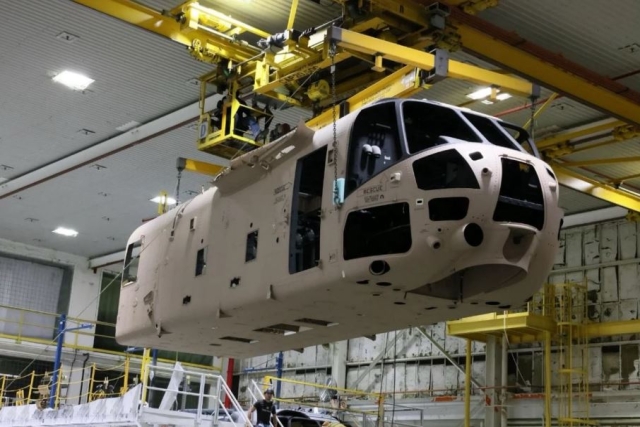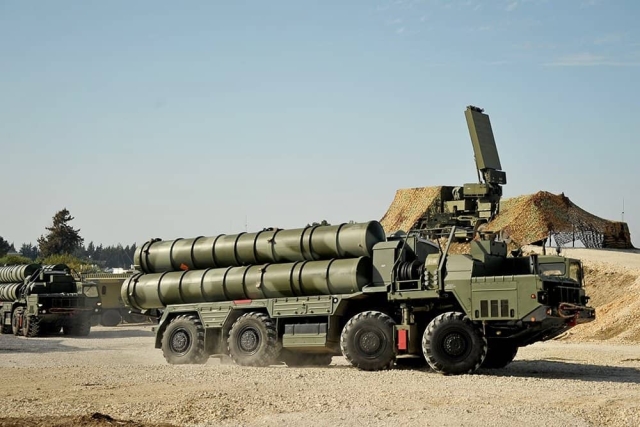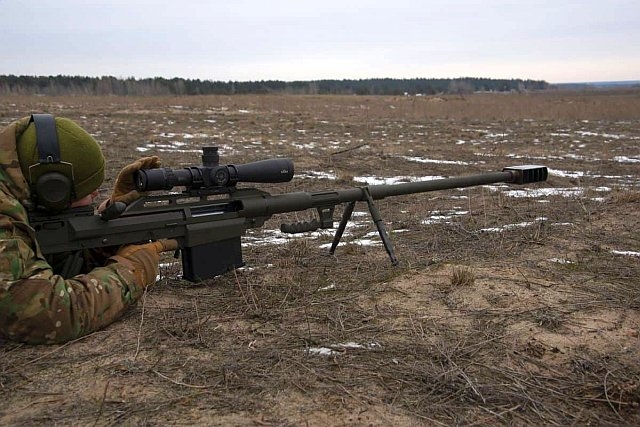VSI wins $80 million contracts for JHMCS from U.S Navy
Vision Systems International, LLC (VSI), a leader in advanced Helmet Mounted Display (HMD) technology, has received several new contracts with a total value of more than $80 million. Awarded contracts include delivery of the Joint Helmet Mounted Cueing System (JHMCS) to the Boeing Company for U.S. and Foreign Military Sales (FMS), FAst Characterization Tools (FACT) for the U.S. Navy and JHMCS for other international sales. Under these production contracts, VSI will provide JHMCS and FACT hardware, including spares, technical support and ground support equipment for the Full Rate Production - Lot 6 (FRP-6) acquisition. This procurement fulfills U.S. government domestic requirements for the U.S. Navy F/A-18C/D/E/F/G single - and dual-seat platforms, and FMS production and spares commitments to a number of countries operating F-16 and F/A-18 aircraft. Deliveries under FRP-6 will commence this year and continue through 2011. "With the delivery of more than 3,500 systems, JHMCS continues to be the world's premier helmet display for fixed-wing tactical aircraft," says VSI President Drew Brugal. "These contracts include sales to the 21st international customer that has selected JHMCS to enhance the tactical capability of their front line fighters. The system provides the warfighter with unmatched situational awareness throughout the operational profile of the aircraft. By keeping 'eyes out' while viewing all critical information on the helmet visor, the pilot has a significant advantage in both air-to-air and air-to-ground mission execution." The JHMCS provides the pilot with "first look, first shot" high off-boresight weapons engagement capabilities. The system enables the pilot to accurately cue onboard weapons and sensors against enemy aircraft and ground targets without the need to aggressively turn the aircraft or place the target in the Head Up Display (HUD) field-of-view for designation. Critical information and symbology, such as targeting cues and aircraft performance parameters, are graphically displayed directly on the pilot's visor.










